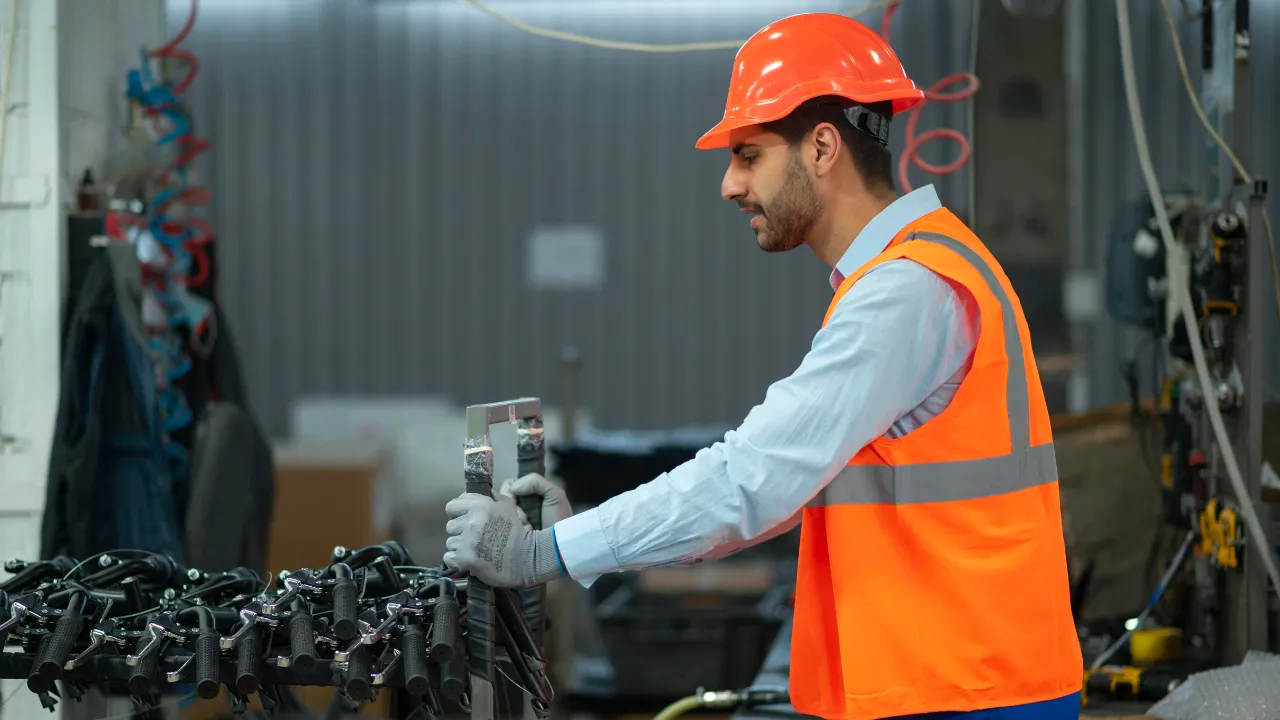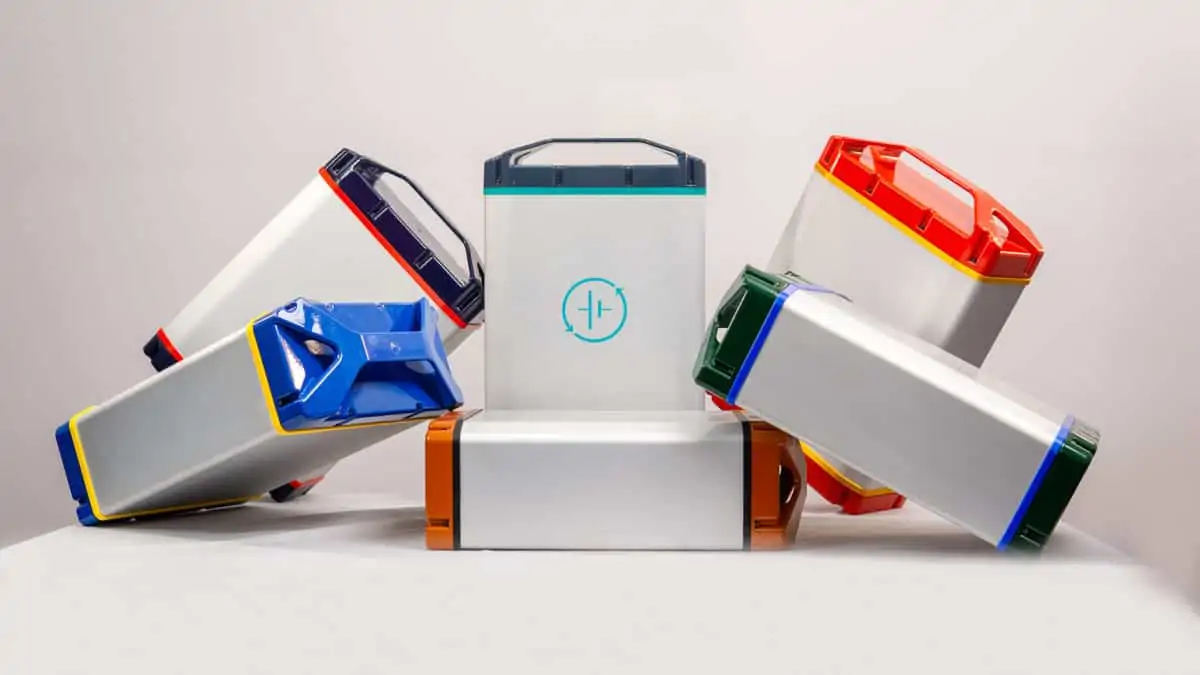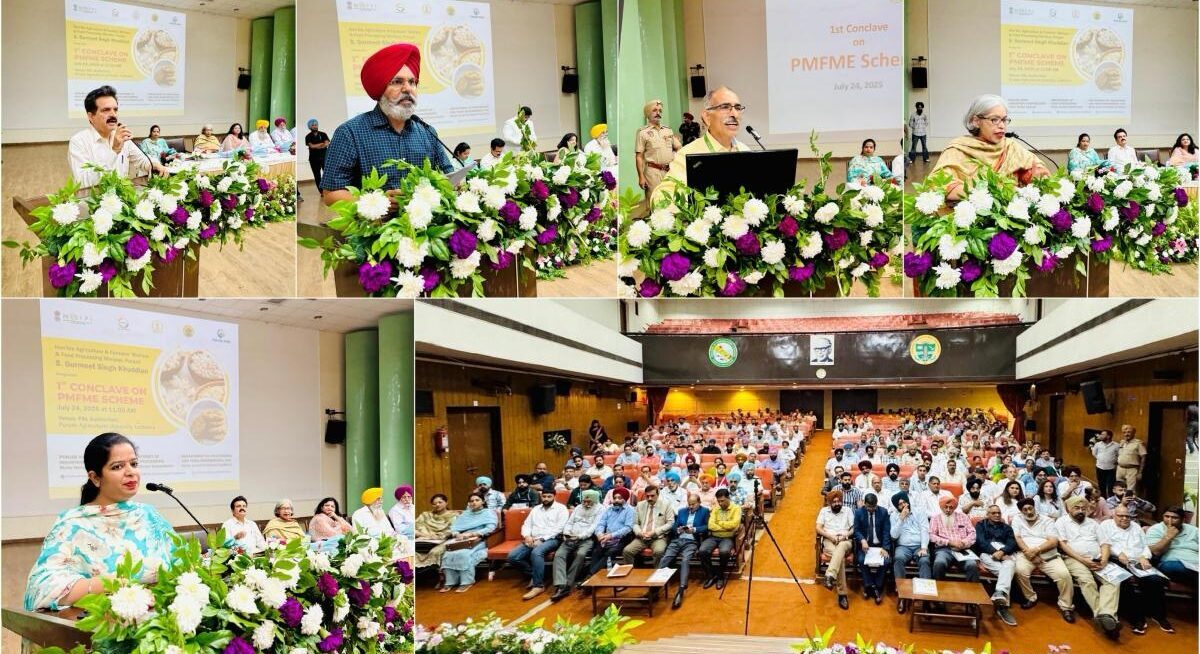In a strategic attempt that is set to redefine India’s role in the world semiconductor supply chain, Tata Group has officially applied for another 80 acres of land in Gujarat’s Dholera Special Investment Region. The purpose? To increase significantly its under-construction semiconductor manufacturing unit, the nation’s first of its type.
A National Mission, An Industrial Giant
This expansion request, routed through Tata Electronics Private Limited (TEPL), follows the government’s nod in February 2024 to the Tata chip plant under the ambitious India Semiconductor Mission (ISM). With a price tag of ₹91,000 crore, the Dholera facility is poised to become a cornerstone in India’s chip self-sufficiency drive.
Government officials familiar with the development confirm that Tata’s new land proposal will supplement the already allotted 20-acre parcel. The group intends to develop a mixed-use facility comprising not just manufacturing infrastructure but also housing, retail, and social amenities—signaling a holistic, long-term vision for an integrated semiconductor ecosystem.
More Than a Factory
The Tata subsidiary will construct residential housing for as many as 3,500 workers, including foreign specialists and supply-chain employees, the sources in the Gujarat administration said. These would be small studio-type apartments, designed to meet the requirements of a high-skill, high-density workforce.
Gujarat’s Green Signal
As a token of support, the Gujarat government has penned a letter of support promising 63 more acres, if required. This proactive policy initiative is in line with the state’s long-term action to attract high-tech manufacturing.
According to project schedules, the factory should come online by 2027 and may generate more than 2,000 direct jobs, besides creating thousands of ancillary positions. This also aligns with the semiconductor mission of the national government, which has set aside ₹76,000 crore in incentives to kickstart India’s semiconductor manufacturing plans.
Out of the five projects approved under ISM so far, TEPL’s is the only one focused on actual fabrication—most others cater to chip packaging. This makes Tata’s Dholera venture not only a test case but also a symbolic leap for India’s electronics manufacturing sector.
Economic Impact and Strategic Implications
Industry analysts say that the Dholera facility could serve as a magnet for downstream investments from global chip designers to raw material suppliers potentially turning Gujarat into a semiconductor corridor akin to Taiwan’s Hsinchu or South Korea’s Pangyo.
Further, the facility’s scale and scope are likely to attract top-tier talent from both domestic and international pools, injecting skill capital into a field where India has long lagged behind.
Dholera : The Silicon Delta Is Arriving
With geopolitical tensions reconfiguring the global chip supply landscape, India’s entry into core semiconductor manufacturing could not be timelier. Tata’s expansion push is not just about scaling a factory, it’s about cementing India’s stake in the next frontier of technology.
Whether Dholera turns into India’s “Silicon Delta” is yet to be seen. But with Tata in charge and policy tailwinds blowing strongly, the future is indeed being inscribed in silicon.
Also Read: Dholera: India’s First Industrial City Taking Shape
























